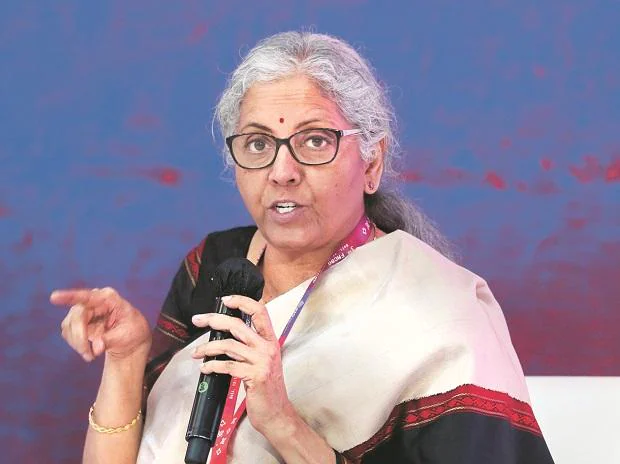[ad_1]
India’s success in popularising digital payments through the Unified Payments Interface (UPI) and RuPay cards has led to other countries getting interested in the indigenously built payment stack, said Finance Minister Nirmala Sitharaman on Tuesday.
“Countries today such as Singapore, Bhutan, France’s Lyra, and also many others are seeing the use for RuPay cards and entire UPI. Indistack, particularly the payment stack, has been very well recognised and people are looking to share their thoughts with India. Many of our bilateral engagements with our counterparts today focus on this subject,” she said at the Global Fintech Fest 2022 in Mumbai.
India is reaching out to a number of countries to leverage the stack it has built so that it can be used for wider public good.
UPI has grown in the last two years, fuelled by the pandemic to become instrumental for digital payments in the country. In 2021, it achieved a value of $940 billion, which is equivalent to 30 per cent of the country’s gross domestic product (GDP). In five years since its launch in 2016, UPI’s compounded annual growth rate (CAGR) growth is 160 per cent in value. As of July 2022, there are 338 banks live on UPI platform. In August, UPI registered 6.57 billion transactions amounting to Rs 10.72 trillion, a record in terms of volume and value.
“The digitalisation of financial services in India has made many unbanked Indian citizens, who were previously part of the informal economy, have today become part of the formal sources of accessing financial services. This is why you find an increase in the extent to which UPI is being used, not just in the urban metropolitan areas but also in Tier 2 & 3 cities,” Sitharaman said.
“NPCI is taking UPI international by helping other countries to create their own payment systems. It is also making cross-border payments easier by means of UPI or RuPay cards acceptance for remittance,” she said, referring to the National Payments Corporation of India.
India has led the way in building an inclusive financial world by making sure services are accessed through four different layers: presence less, paperless, cashless, and consent, she said.
Through Aadhar, presence less and paper less layers have been achieved. India has issued over 1.31 billion Aadhar numbers so far. The cashless layer has been achieved by the UPI, AePS, and BBPS. The final thing is the account aggregator framework has been brought in with a consent layer concept. “These are the four levels through which we have brought inclusion and in a sustainable fashion is very unique to India and that is what is capturing the eyes of the world,” said Sitharaman.
The account aggregator (AA) network, which went live in September last year, will revolutionise credit flow for medium and small industries. All major private and public sector banks have gone live on the network.
“As of September 2022, 52 RBI-regulated entities including banks and NBFCs are on the AA network. Apart from the banking sector, insurance sector, pension sector, other players are also joining the platform. Number of accounts enabled on the AA network stands at 1.1 billion,” Sitharaman said.
[ad_2]
Source link



